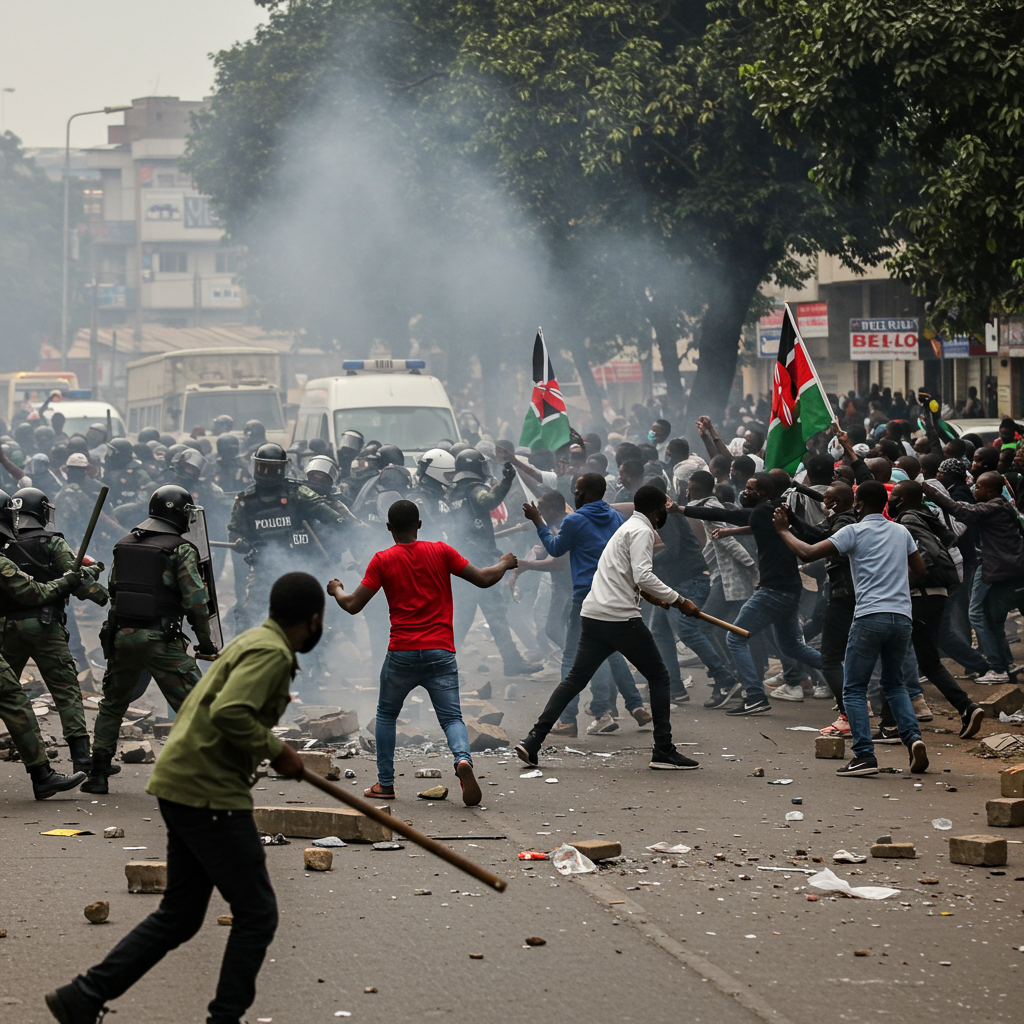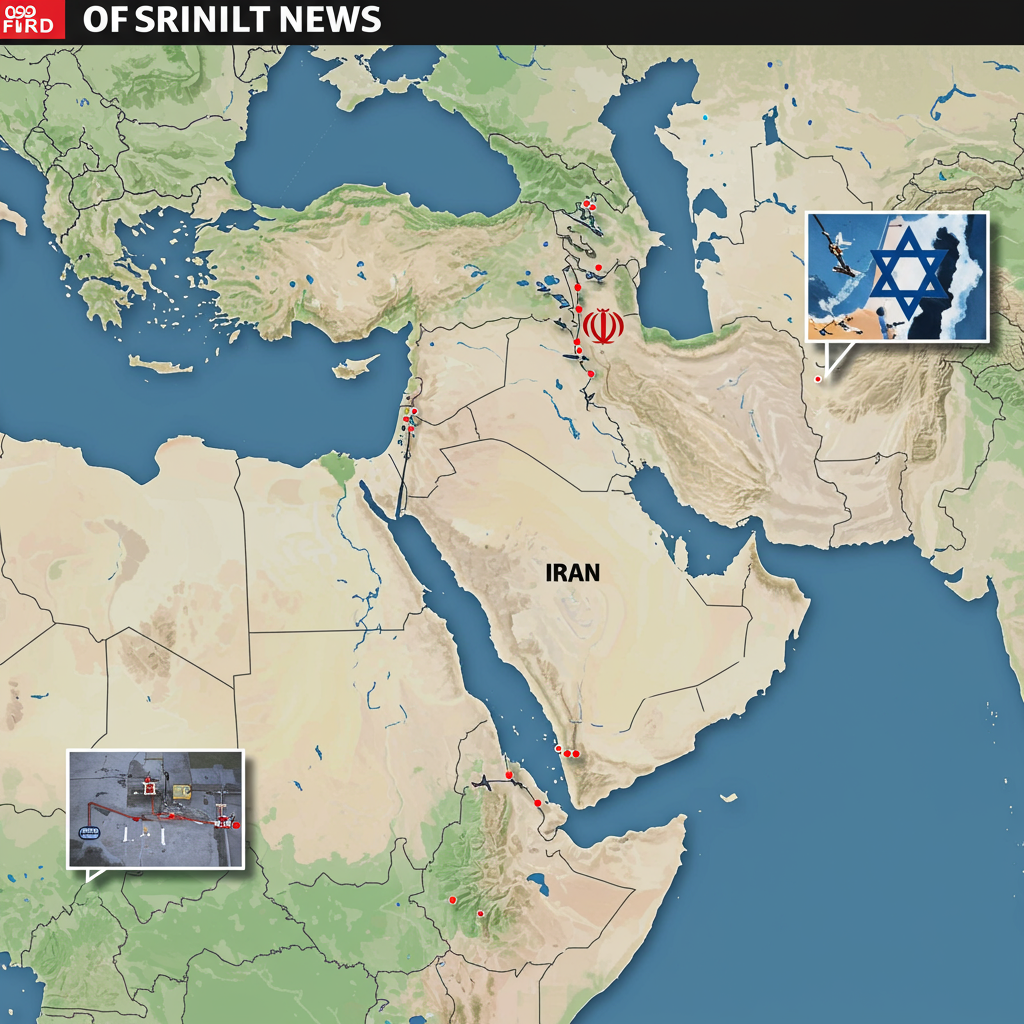Deadly Anti-Government Protests Grip Kenya
Widespread anti-government protests across Kenya on Wednesday, June 25, 2025, turned deadly as clashes erupted between demonstrators and police. At least eight people were killed and some 400 injured as thousands took to the streets in the capital Nairobi and other major cities.
The nationwide demonstrations occurred exactly one year after a previous wave of deadly protests swept the nation in 2024, which saw dozens killed and many more injured or missing in protests against proposed tax hikes.
Protesters Demand Change Amidst Rising Tensions
Thousands of Kenyans, including a significant contingent of young people often dubbed “anti-tax revolutionaries” and the “new faces of protest,” voiced their discontent with President William Ruto’s administration. Many chanted “Ruto must go,” carrying branches as a traditional symbol of peaceful opposition.
Speaking to media, demonstrator Amina Mude explained her motivation, stating she joined “to fight for the future of my kids.” She expressed concern that the country was “not going in the right direction, especially in education and everything happening,” urging the leadership to listen to the populace.
These protests unfold against a backdrop of heightened public anger and distrust towards authorities, fueled by recent events. Just weeks prior, the controversial death of blogger Albert Ojwang’ in police custody and the subsequent shooting of a street vendor during protests demanding justice highlighted deep-seated grievances and calls for accountability within the security forces and government.
Police Deploy Force as Crowds Attempt to Reach State House
Police responded forcefully to the demonstrations. Officers used tear gas, water cannons, barricades, and razor wire to disperse crowds and seal off major roads. Key locations like State House, the presidential residence, and parliament were heavily guarded.
Video footage from Nairobi showed plumes of tear gas engulfing streets, sending protesters scrambling for cover. Despite attempts by demonstrators to march towards State House, they were pushed back by police.
The government’s initial move to ban live television and radio coverage of the protests was swiftly challenged and overturned by the High Court in Nairobi, allowing some real-time reporting of the events.
President Ruto Calls for Peace
President William Ruto, speaking from a burial ceremony in Kilifi county and notably absent from State House during the unrest, addressed the protesters. He urged them not to threaten peace and stability.
“Protests should not be to destroy peace in Kenya,” Ruto stated. “We do not have another country to go to when things go wrong. It is our responsibility to keep our country safe.”
Casualty Toll Rises
While official casualty figures from the authorities were not immediately available, a joint statement released by the Kenya Medical Association, the Law Society of Kenya, and the Police Reforms Working Group reported at least eight protesters were killed during the clashes.
The statement detailed that 400 people sustained injuries, with 83 requiring “specialised treatment.” At least eight people suffered gunshot wounds. Among the injured were three police officers. Separately, human rights group Amnesty Kenya provided a higher estimate for the death toll, claiming up to 16 fatalities.
Anniversary Marked by Sorrow and Defiance
The timing of the protests, coinciding with the one-year anniversary of the 2024 unrest, held particular significance. At the parliament fence in Nairobi, wreaths and handwritten notes from grieving families and defiant youths served as a poignant reminder of those killed by security forces during attempts to quell last year’s demonstrations. One young woman was pictured holding a poster bearing the names of individuals who died a year prior.
The day’s events underscored the deep divisions and persistent tensions between the government and a segment of the population demanding greater accountability and a change in the country’s direction.



